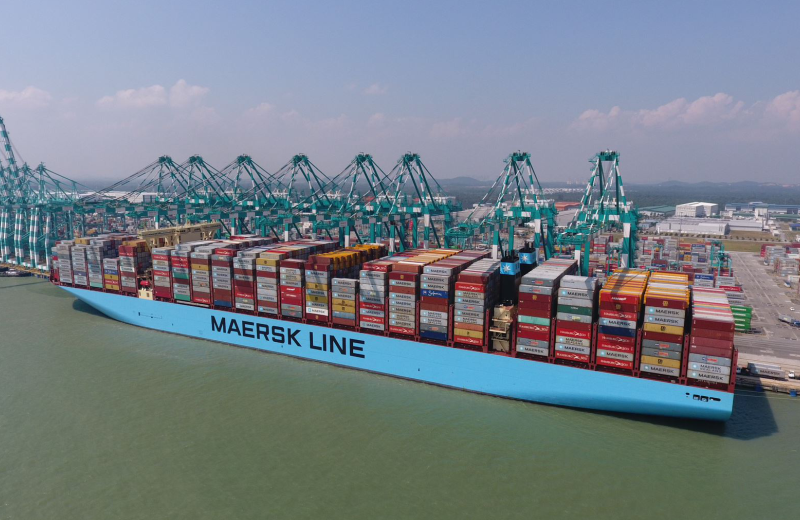- India’s overall container Export-import (EXIM) trade grew 6%* in Q4 2018
- West India outperforms other three regions in Q4 trade
- Chemicals, pharmaceuticals and paper play a key role in commodity trade
- Fish, plastic and rubber were among the most exported commodities to China
India’s containerised trade with the world has grown steadily, recording an overall import-export trade growth of 6%* according to the Q4 2018 trade report released by Maersk, the world’s largest container shipping company. Increasing demand for refrigerated cargo from India coupled with improved trade relations with China with introduction of favourable trade policies, has driven exports to grow a healthy 3%* in Q4. The demand for India-made goods such as vehicles, cereals and rice; supplemented by refrigerated cargo such as fish, seafood, vegetables and pharmaceuticals saw maximum growth in exports. While imports have maintained a stable growth of 9%*, largely driven by substantial inflow of metals and paper. Overall, the containerized trade has witnessed stable growth withstanding the fluctuations of global trade tensions.
Commenting on the overall growth in containerised trade, Steve Felder, Managing Director – Maersk South Asia said, “We witnessed a stable trade environment in the last quarter of 2018, due to base effects, weakening demand of goods in China, overall contraction in manufacturing around the world and the global trade tensions between major economies. But the stable growth in trade indicates that the economy has been able to sail through some of these challenges, including the impact of regulatory reforms such as demonetisation and implementation of GST. We are witnessing an array of developments in the industry with regard to digitisation, consolidation and infrastructure upgrades which will support in propelling India as one of the top trading destinations in the world.”
Export growth from India was led by refrigerated cargo and agro-commodities, especially vegetables, seafood, fruits, nuts, cereals and rice exported to countries like China, UAE, USA, The Netherlands and smaller nations like Algeria. Dry cargo exports remained flat this quarter, barring vehicles, which saw double digit growth in volumes.
As a consequence of favourable trade policies, China became one of the key export markets for refrigerated cargo. It also became one of the highest contributors to the country’s export basket in Q4 with a 71%* Y-o-Y increase. Import growth was led by dry cargo, metals followed by paper and appliances and kitchenware drove the volume growth.
West region saw the highest growth of imports of dry commodities with strong growth in iron and steel scrap and electrical motors, while exports were largely driven by vehicle exports to Mediterranean countries like Egypt and Turkey. On the contrary, North region saw the highest growth of exports of dry commodities with plastic and rubber being the highest exported commodity. Chemicals saw a strong 6%* growth in exports from the North India region.
The highest commodity to see unprecedented growth is seafood, with fish being the highest exported commodity to China followed by a double digit growth in exports to USA. Dry cargo like plastic, rubber, metal, and paper were among the most imported items in India in Q4. Iron and steel scrap were mostly imported from countries like UK, Belgium and The Netherlands to the North and West of India. Furthermore, India also witnessed a 74%* rise in its pharmaceutical exports to the USA.
Commenting on the healthy growth of refrigerated cargo and agro products, Ajit Venkataraman, Managing Director, APM Terminals Inland Services South Asia said, ”Unlike professional and large scale farming observed in western countries, a majority of India’s agricultural produce comes from small, rural producers based in the hinterlands. One of the most crucial challenges faced by the country’s agriculture sector is food wastage, costing the industry billions of dollars every year. An efficient ‘farm-to-fork’ cold chain network managed by skilled workforce with refrigerated containers, temperature-controlled warehouses along the service trail, will help curtail this loss.”
* Y-o-Y percentage is comparison of Q4 2018 with same period last year i.e. Q4 2017.
**Data Tabulated basis Maersk containerised data.







